Speaking with the press, Mai Son, Standing Vice Chairman of Bac Ninh Province People’s Committee, shared that this complex is Vietnam’s ninth site to be honored as a World Heritage property.
Spanning the provinces and cities of Quang Ninh, Bac Ninh, and Hai Phong, the heritage complex comprises 12 historical and scenic sites that have been integrated into a unified whole - spatially and spiritually.
“This is a trans-provincial heritage complex, consisting of multiple component sites, each with its own unique characteristics and values. This poses major challenges in compiling documentation, coordinating management, preserving, and promoting the heritage’s value,” said Mai Son.
He explained that the nomination required extensive research and scientific documentation to demonstrate the outstanding universal value of the site. This included archaeological, historical, and cultural evidence to illustrate the formation, development, and influence of Truc Lam Buddhism. It also demanded substantial coordination to address revisions from ICOMOS.
According to Mai Son, Vinh Nghiem Pagoda (Tan An Ward) and Bo Da Pagoda (Van Ha Ward) are recognized as two important centers of Truc Lam Zen Buddhism, playing key roles in preserving and promoting the faith. Notably, Vinh Nghiem Pagoda houses a remarkable woodblock archive - 3,050 woodblocks containing Buddhist scriptures, medical texts, and religious rules in Han and Nom characters - recognized by UNESCO as part of the Memory of the World Programme for Asia-Pacific.
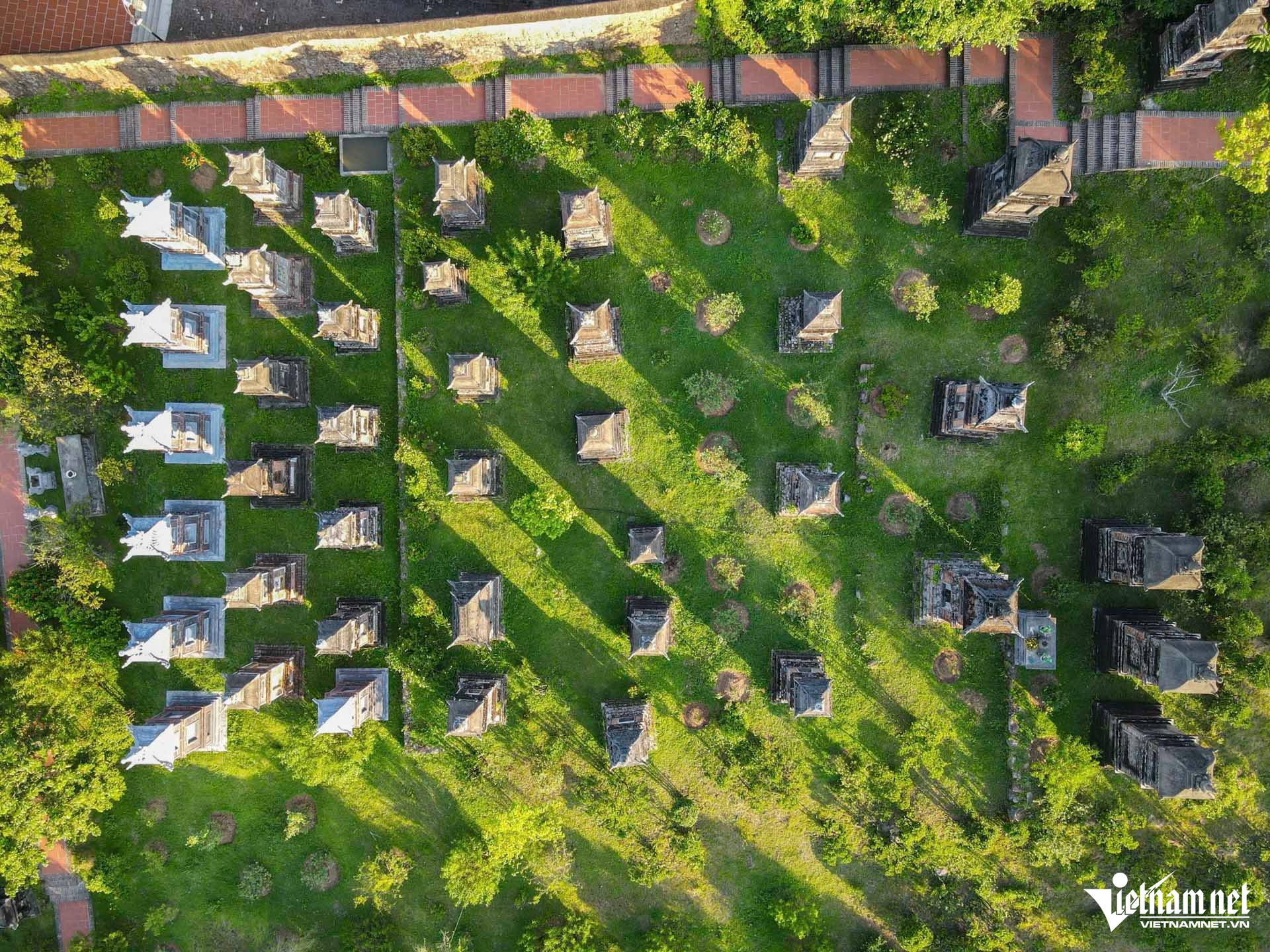
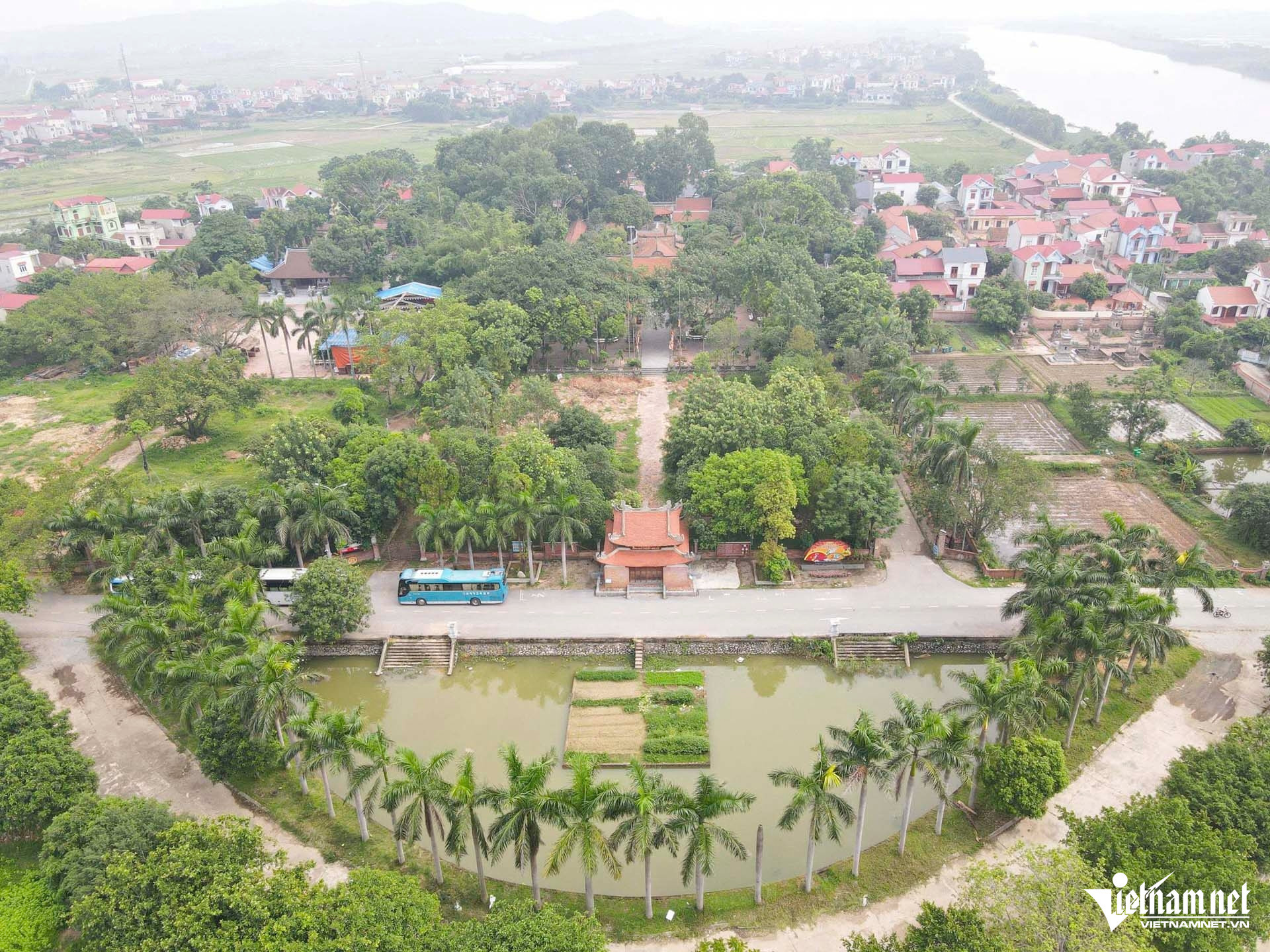
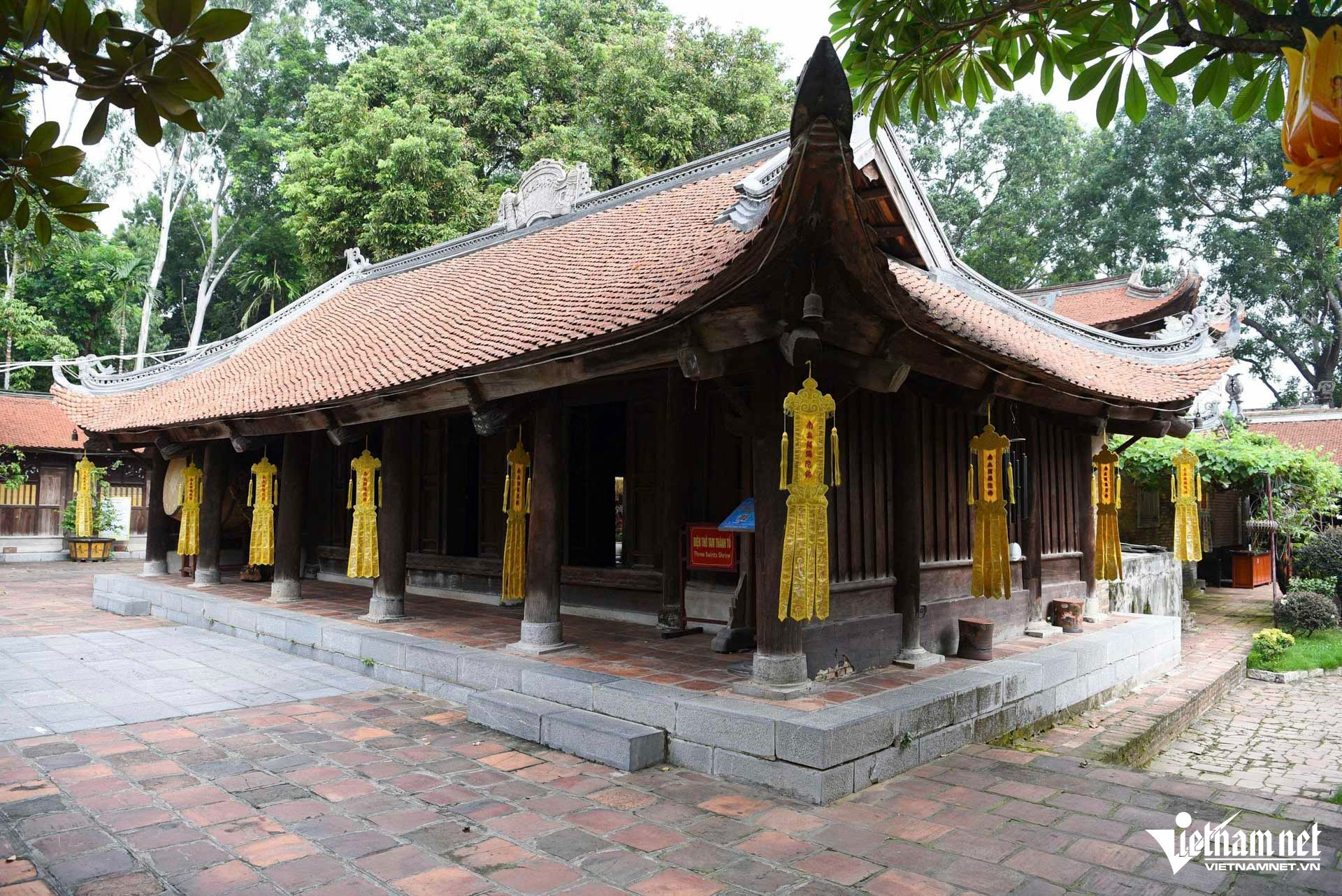
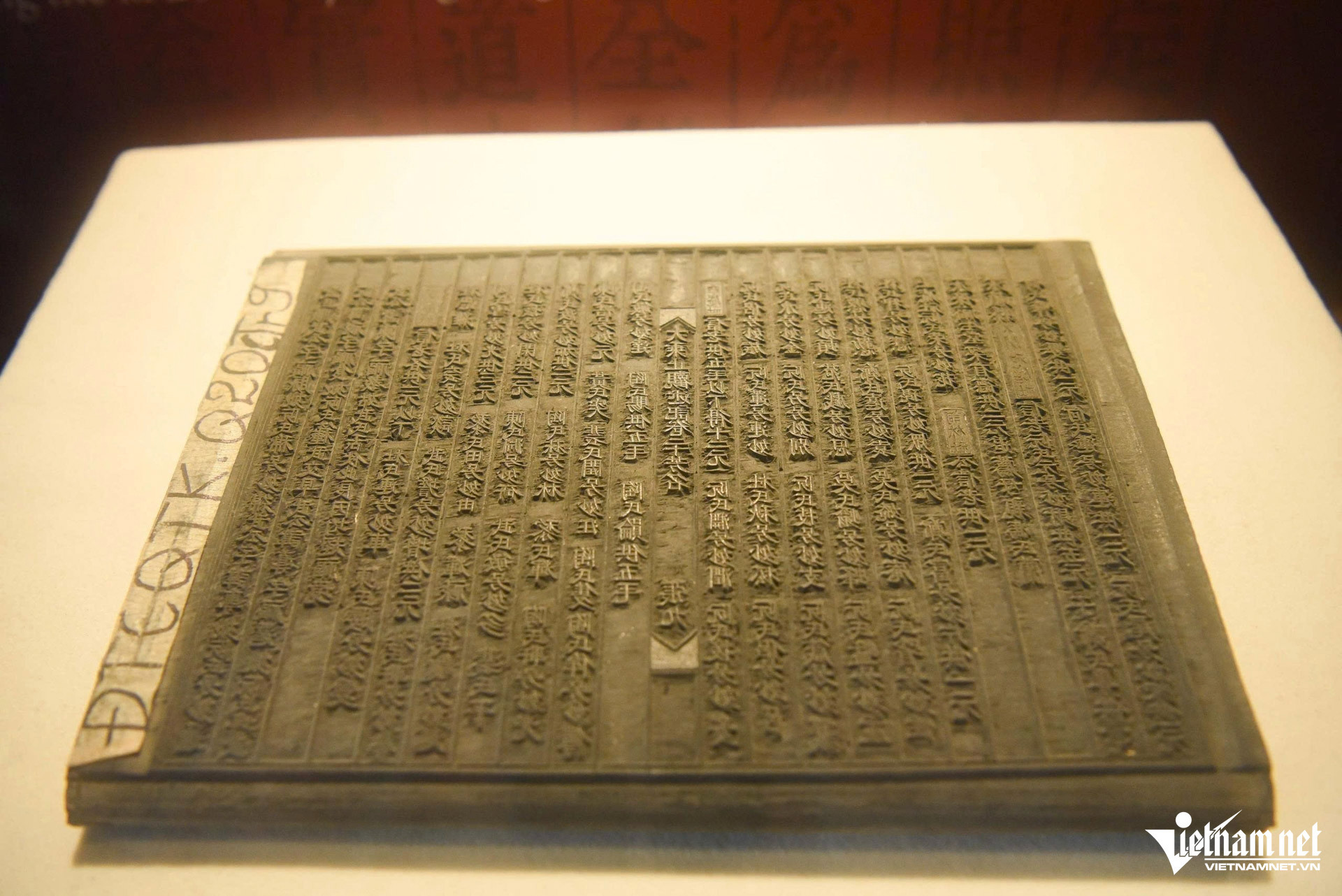
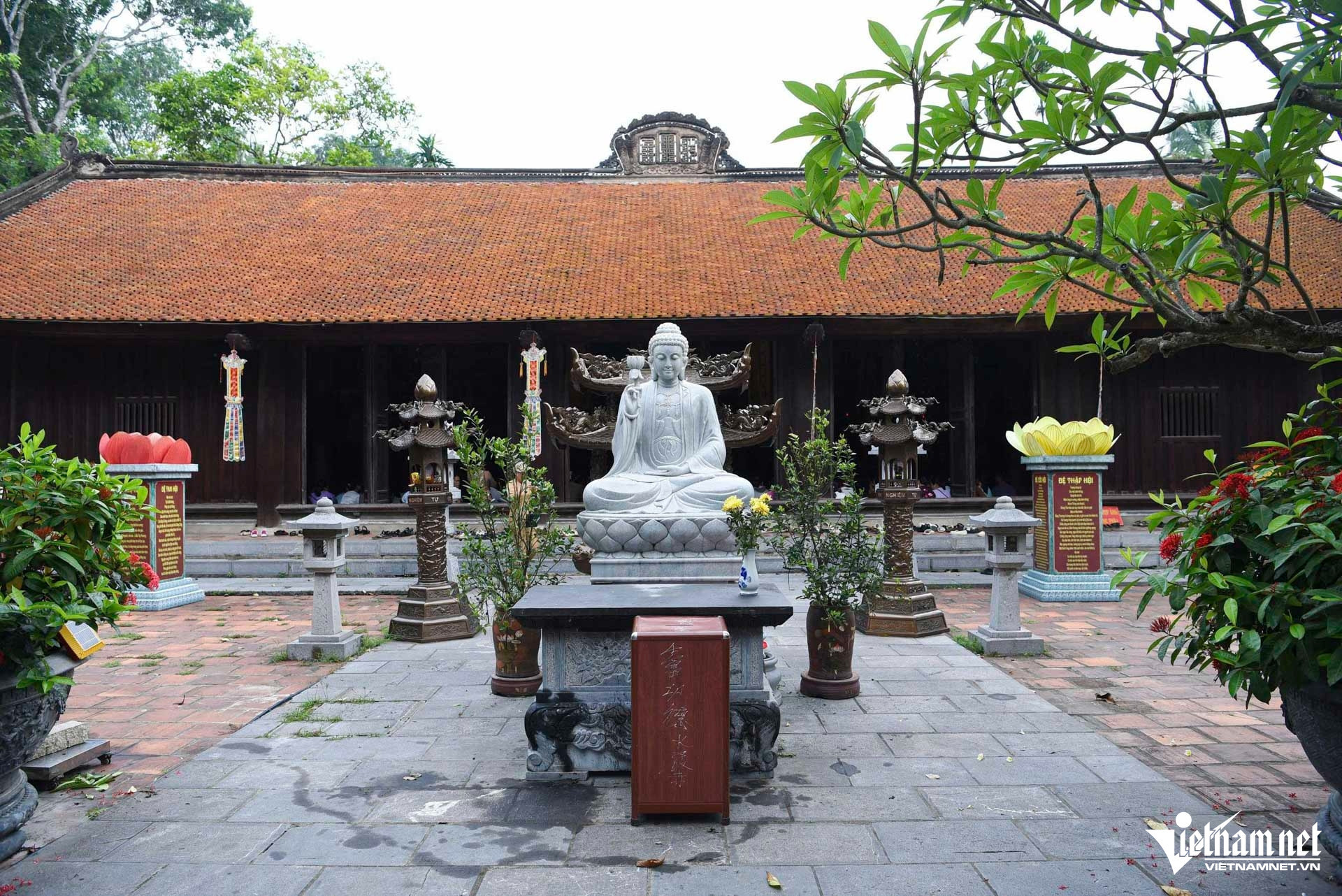
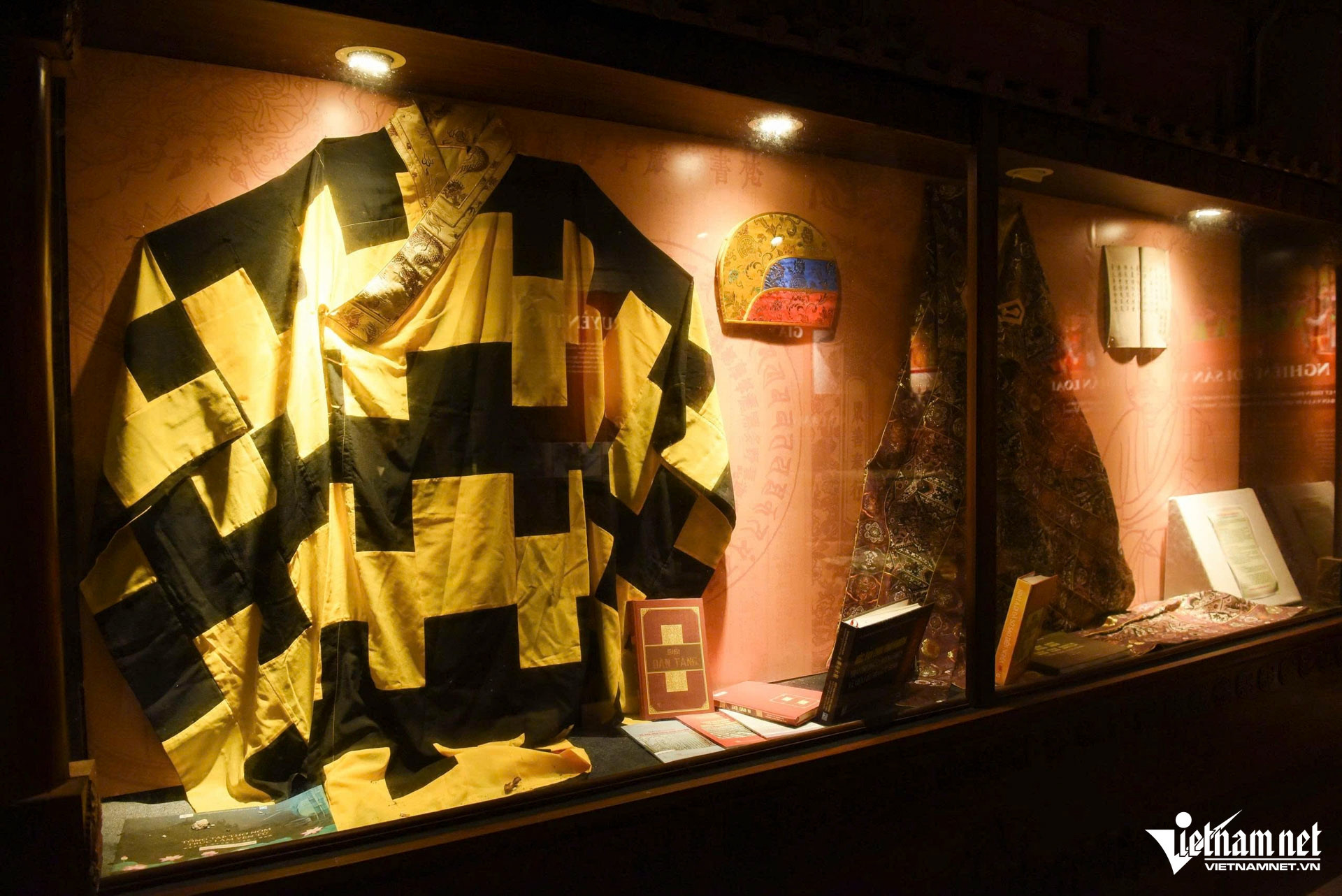
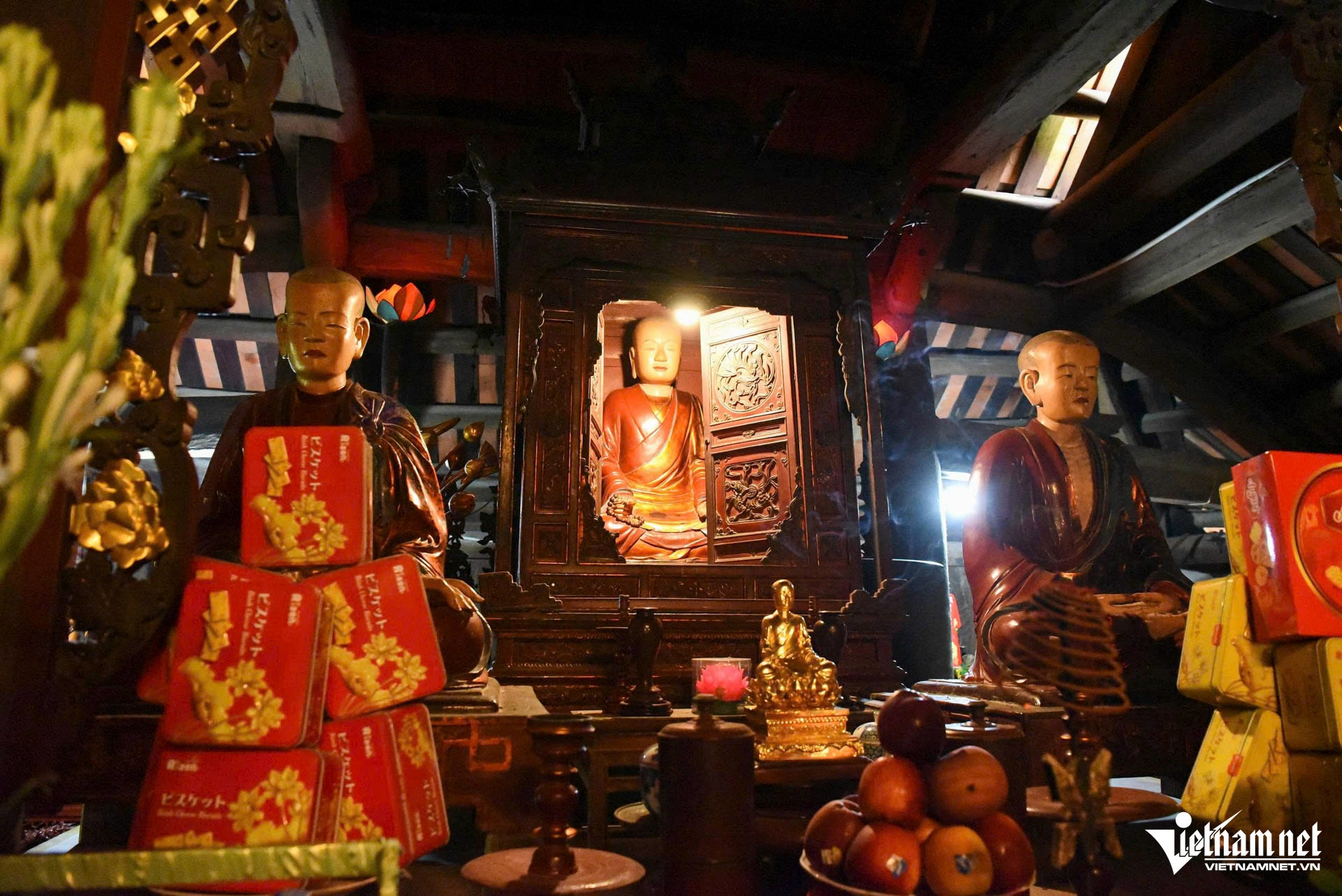
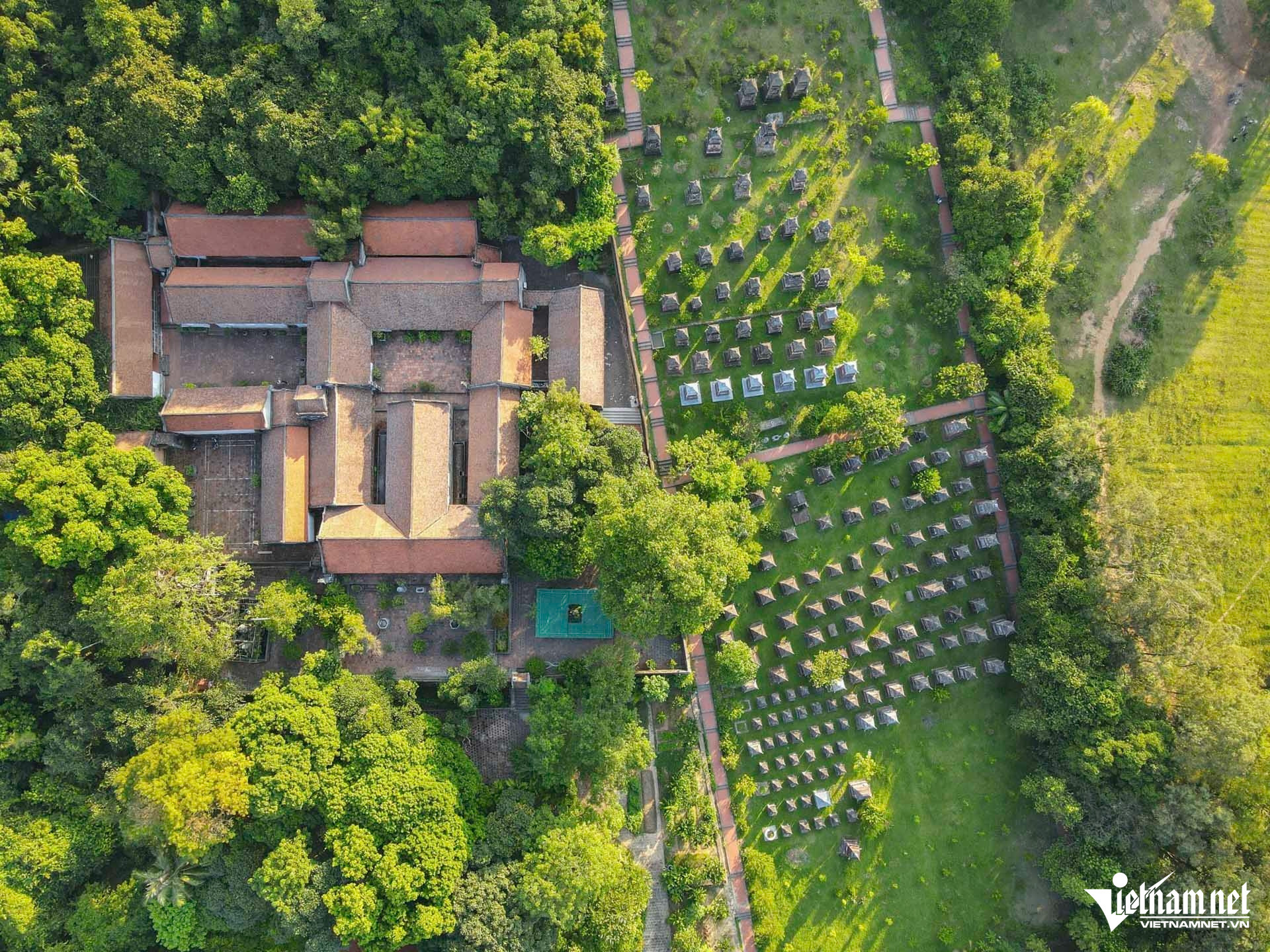
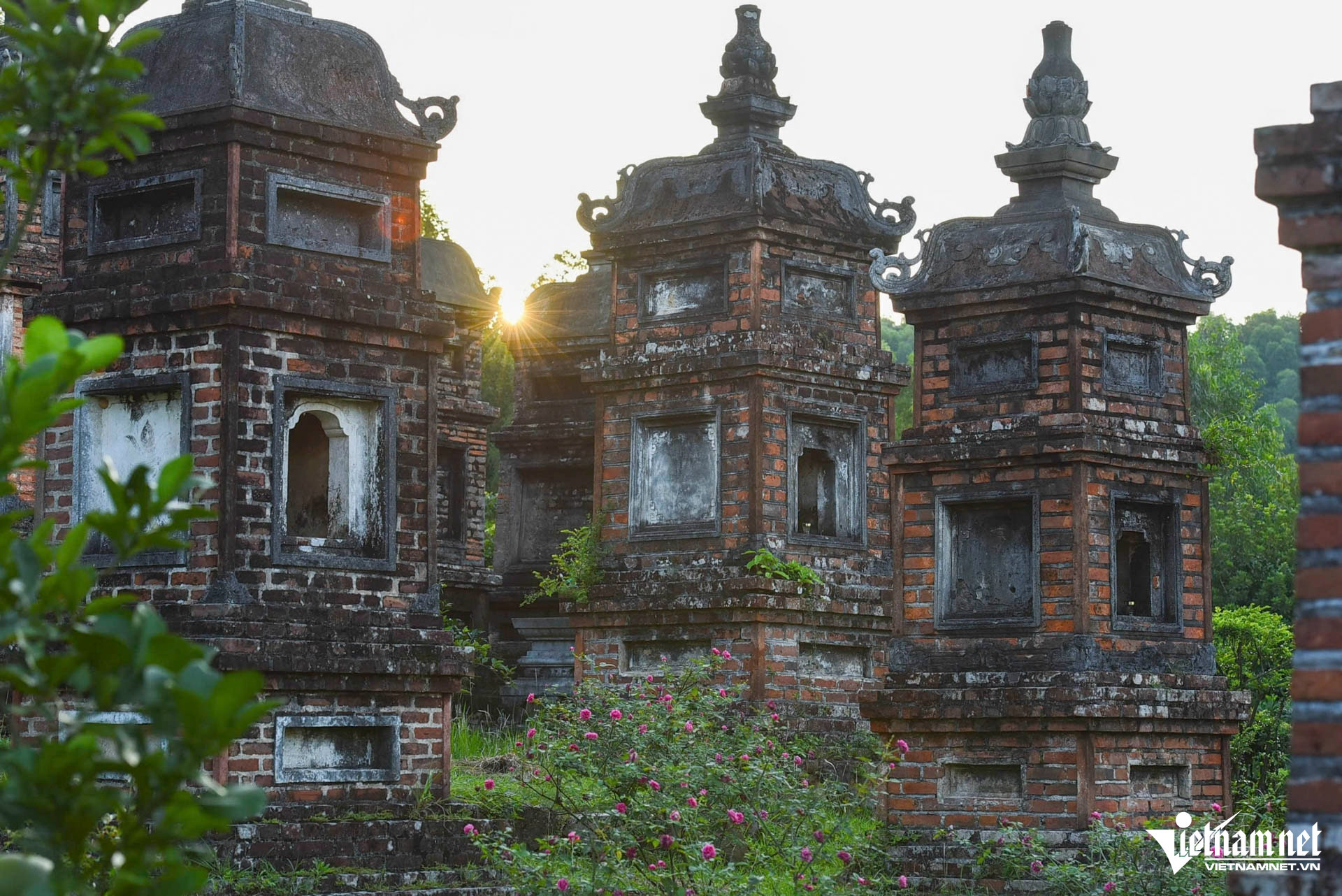
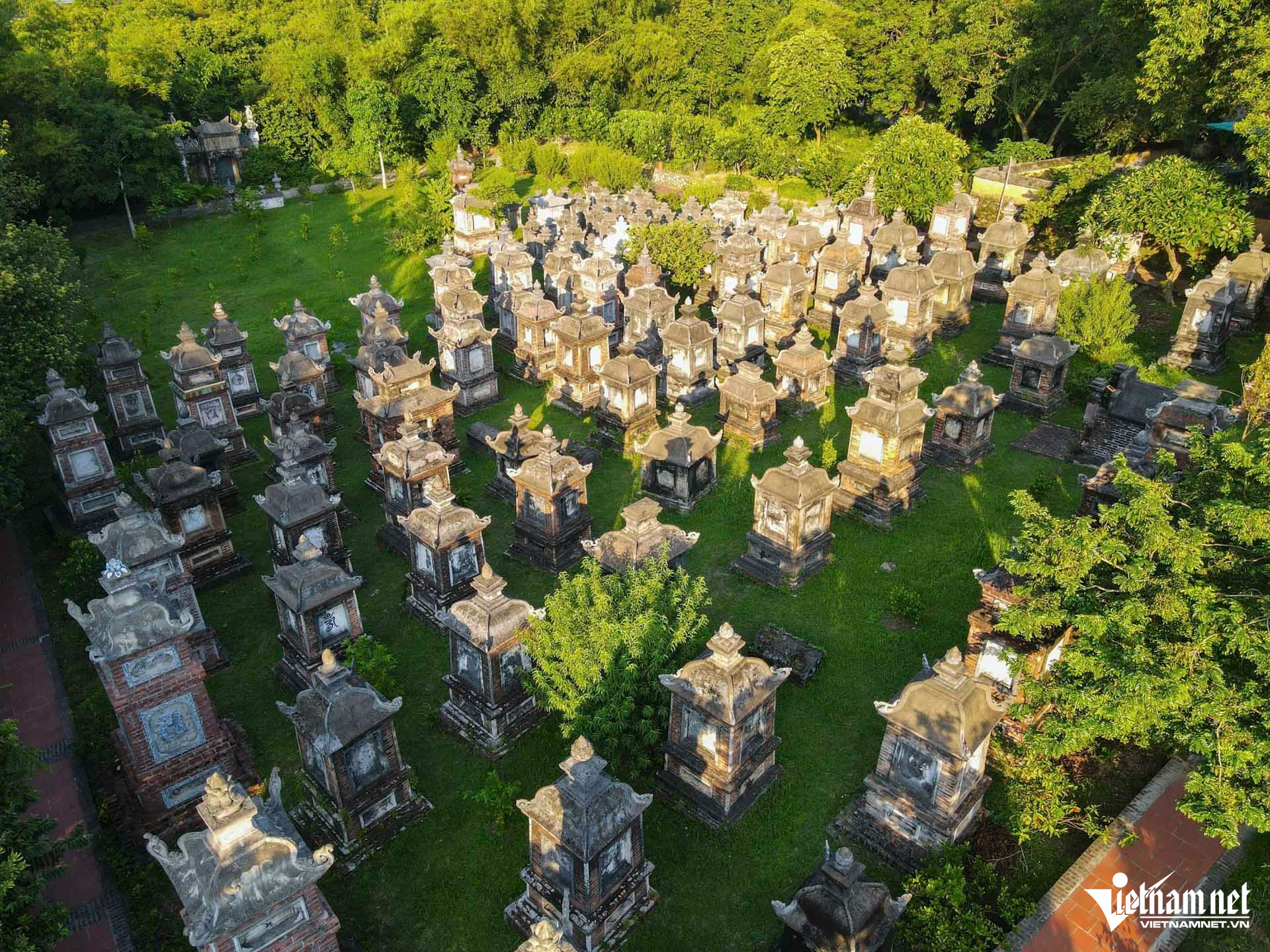
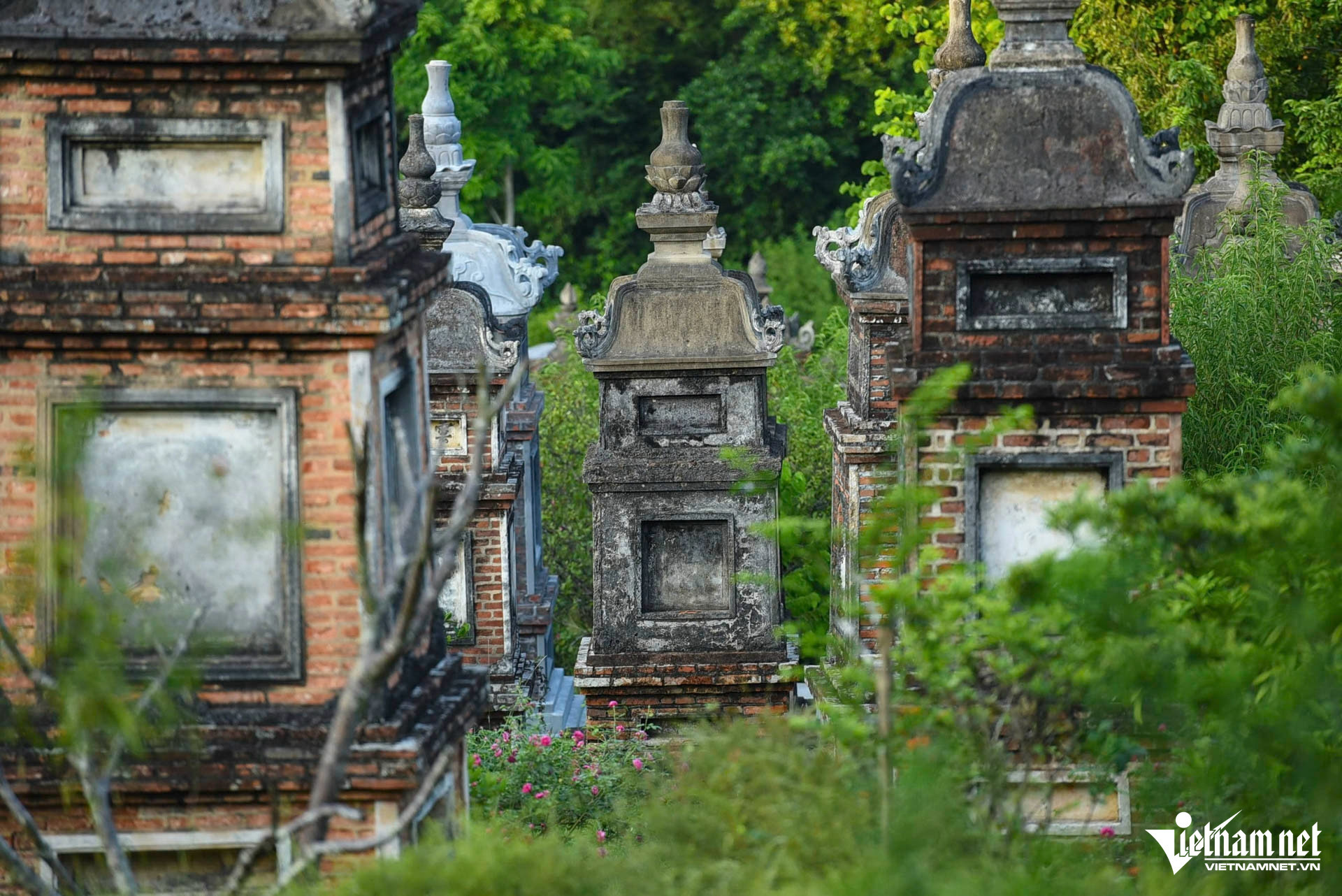
The architecture of Bo Da Pagoda is unique compared to typical northern Vietnamese temples. Designed in the "inward open, outward closed" layout, it is enclosed by lush bamboo hedges and earthen walls like a natural fortress - evoking a sacred, secluded atmosphere. The tower garden has been recognized by the Vietnam Record Association as the largest of its kind in the country.